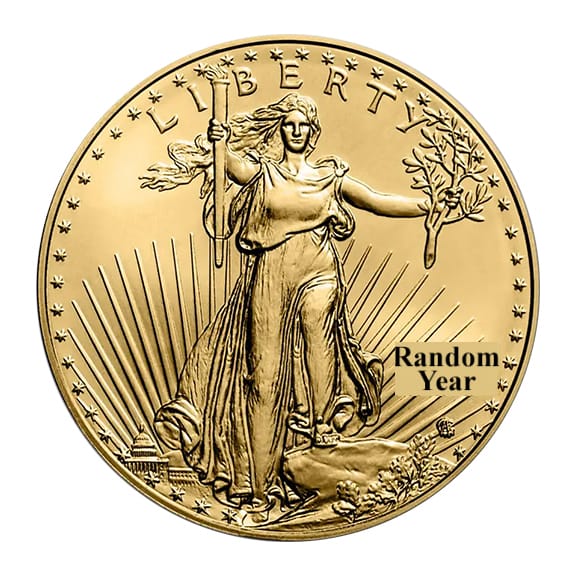Yeah, I don’t know enough about investing to go the paper route. I don’t know enough about investing to buy physical PM’s either reallly...but I don’t really know where else to turn in this current climate.
I'm not a sophisticated investor. If I was, I'd be rich. In the past, when I was in the chips I'd buy mostly silver. Gold is easier to hide, though--the coins are smaller for the dollar amount they represent. At the risk of being mocked for my lack of sophistication, I'll share my own perspectives. My viewpoint is skewed toward simplicity and flexibility; I view the world through the sights of a 20" single shot.
1) If you don't hold it, you don't own it.
You've never watched
American Greed?
2) Some day I may need to sell or barter some of my stash.
It's easier to sell well-known and/or common forms of PM than collectibles or unusual forms. And fractionals (1/2, 1/4, 1/10 oz) may be more practical for sale/barter than full-ounce coins, but the premiums to buy them are higher. Maybe you could use a couple Krugerrands to buy a pickup truck, but you'd only need a 1/10 coin to buy a few tubes of horse dewormer. (Or some silver half-dollars.)
3) I need to insure I'm not being screwed on my purchases.
Check out Fisch testers for gold coins. I bought a set that tests Krugerrands, American Gold Eagles, and older Brittanias. So those are the only gold coins I'd buy. (Also see #2--they are common forms.)
Funny story--my Fisch tester is older. Now, gold Eagles, Krugs, and older Brittanias are 92% pure (22 karat), so for them to include an entire ounce of gold, the coin must weigh MORE than one troy ounce in total. Thing is, in 2013 somebody decided it would be a good idea to raise the purity of Britannias to .9999 (24 karat). Without the extra alloy metal, the coins are lighter. One day I saw the that premiums on 1/10 ozt. were comparable to one-ounce coins so I grabbed some. They were new coins, so they were lighter, and FAILED on my Fisch tester! I had a cow! But some research revealed the weight change and described the impressive security features of the new version, so all was good. My coins were genuine.
Premiums are too high on silver Eagles for me, and silver bars need to be tested with acids and scratching and crap I don't want to mess with. So when I bought silver, I only bought "junk" silver--US coins minted prior to 1965. 90% purity. (Also invested in sterling silver tableware. 92.5% purity.) You can test silver coins with rare earth magnets. Check Youtube. I only bought from reputable dealers but I checked every 90% dime I ever bought.
You can find US silver coin values on coinflation.com. There is a great PM forum at kitco.com including Politics, Survival, and Firearms threads if you sign up for a forum account. Some forums are hidden from non-account holders. No downside--I've never been spammed or anything.
Maybe you're a rich SOB who wants to protect a couple hundred thousand dollars from inflation, or possible hyperinflation. Bars might be more practical for that. And check historical charts. It only took about 30 or 40 years for the Krugerrand I bought in the 80s to become worth what I paid for it.
Or maybe you're prepping. Some guy who lived through a meltdown in his country reported that people who held gold coins didn't fare as well as those who bartered with gold jewelry. I've never lived through a meltdown, but I have to wonder just how badly those people got screwed in their deals. Gold jewelry is a whole 'nuther mess, with karats and maker's marks and fakes and trying to buy it at or under the spot price.






![Laugh [laugh] [laugh]](/xen/styles/default/xenforo/smilies.vb/012.gif)